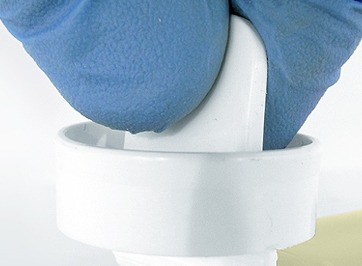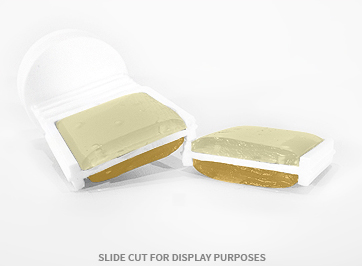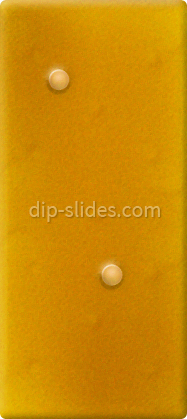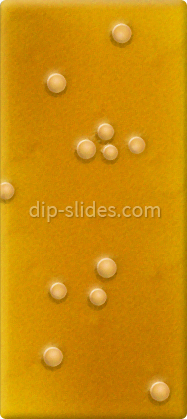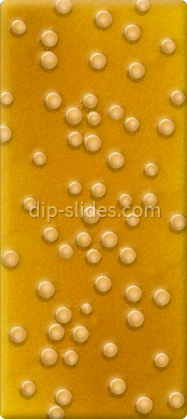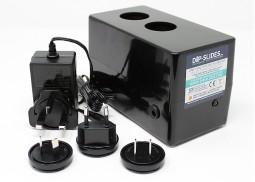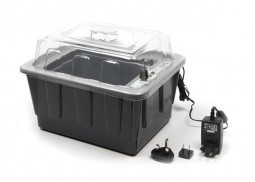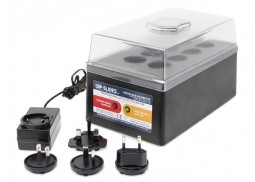Nutrient TTC + Malt Extract Dipslides (Box of 10)
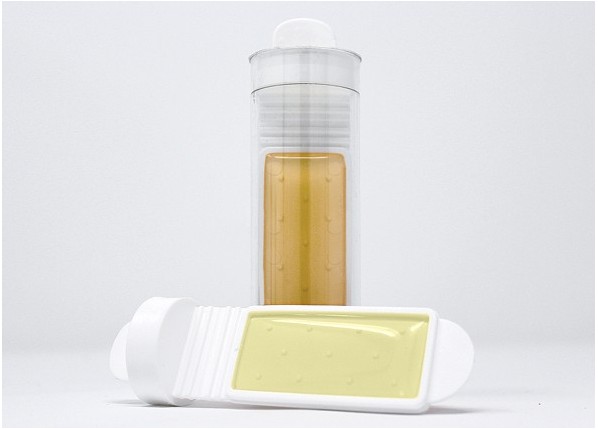

|
INCLUDES TTC RED SPOT DYE |
Our BTM2 Dipslide tests for / shows growth of total aerobic bacteria on one side and moulds and yeasts (fungi) on the other side.
Each dipslide box includes 10 dipslide tests.

|
. UK Mainland only. (View Details). |

|
Save £1.96 per box when you subscribe to regular deliveries of MCBTM2 dipslides. Click here for details. |

|
Current stock level : 3051 |

|
Current Stock expiry date : |

|
Reward Points |
| Volume Discounts | ||
|---|---|---|
| Order 25 or more | Receive a 2.5% discount | Price £13.59 |
| Order 50 or more | Receive a 5.27% discount | Price £13.21 |
| Order 100 or more | Receive a 8.92% discount | Price £12.70 |
| Order 250 or more | Receive a 14.24% discount | Price £11.95 |
| Order 500 or more | Receive a 18.89% discount | Price £11.31 |
| Order 1000 or more | Receive a 21.5% discount | Price £10.94 |
| Product Information | ||
|---|---|---|
| Front Agar Type | Nutrient TTC | |
| Front Agar Colour | Straw | |
| Front Agar Growth | Total Count (TTC / Red Spot) | |
| Rear Agar Type | Malt Extract | |
| Rear Agar Colour | Brown | |
| Rear Agar Growth | Yeasts & Moulds | |
| Certification | ISO 9001 | |
| Suggested Incubation Times | 24 - 120 Hours | |
| Suggested Incubation Temp | 30°C | |
About Our Nutrient TTC + Malt Extract Dipslides (Box of 10)
Reviews (independently collected by reviews.co.uk)
 Verified Customer
Verified CustomerDubai, United Arab Emirates
Excellant product
Reviewed on 27/06/2025

 Verified Customer
Verified CustomerPershore, United Kingdom
Yes does what it says on the box
Reviewed on 17/11/2024

 Verified Customer
Verified CustomerLondon, United Kingdom
Thanks for the Team of DIP SLIDES
Reviewed on 08/11/2024

 Verified Customer
Verified CustomerUnited States
The product is excellant and very good and the shelf life is also good we are using this product sice last 3 years and it is very good
Reviewed on 18/05/2024

 Verified Customer
Verified CustomerUnited States
The product is good and give us good result for our microbiology we are using this nearly 3 year now and we did not have any complaint Good Work for the Team of DIP SLIDES like you action on the oder once it is placed
Reviewed on 28/04/2024

 Verified Customer
Verified CustomerCongleton, United Kingdom
We use this product to test for microbial contamination in our DI water plant. Easy to use and easy to interpret.
Reviewed on 17/02/2023

 Verified Customer
Verified CustomerGoole, United Kingdom
not sure as purchased for another customer of ours
Reviewed on 07/02/2023

 Verified Customer
Verified CustomerVictoria, Seychelles
Received in good conditions. Like the labels and the comparison chart..they add up to its professional use.
Reviewed on 19/04/2022

 Verified Customer
Verified CustomerConcepción, Chile
All the items were in good condition
Reviewed on 07/12/2021

 Verified Customer
Verified CustomerManchester, United Kingdom
Easy to order. Came quickly, good value product 10\10. Will be ordering again in the near future
Reviewed on 09/10/2021

 Verified Customer
Verified CustomerMidsomer Norton, United Kingdom
Prompt delivery, good service. Happy with the dip slides.
Reviewed on 05/10/2021

 Verified Customer
Verified CustomerReviewed on 01/10/2021

 Verified Customer
Verified CustomerLafayette, United States
Excellent product and fast shipping.
Reviewed on 24/03/2021

 Verified Customer
Verified CustomerBangkok, Thailand
Accurate test results
Reviewed on 10/03/2021

 Verified Customer
Verified CustomerLafayette, United States
Great product. Arrived quickly.
Reviewed on 09/03/2021

 Verified Customer
Verified CustomerDubai, United Arab Emirates
very good and the result are also accurate
Reviewed on 02/02/2021

 Verified Customer
Verified CustomerSamut Sakhon, Thailand
Good products
Reviewed on 28/01/2021

 Verified Customer
Verified CustomerProduct was delivered dip slides were not undamaged product worked as described.
Reviewed on 02/06/2020

 Verified Customer
Verified CustomerWell as i have just received it, will try it out to determine the results.
Reviewed on 16/03/2020

 Verified Customer
Verified CustomerReviewed on 13/03/2020

 Verified Customer
Verified CustomerReviewed on 10/03/2020

 Verified Customer
Verified CustomerDid everything it said on the tin, simple and easy to use even for non-microbiologists
Reviewed on 10/02/2020

 Verified Customer
Verified CustomerGood Quality, ordered a few times now, would recommend
Reviewed on 19/11/2019













